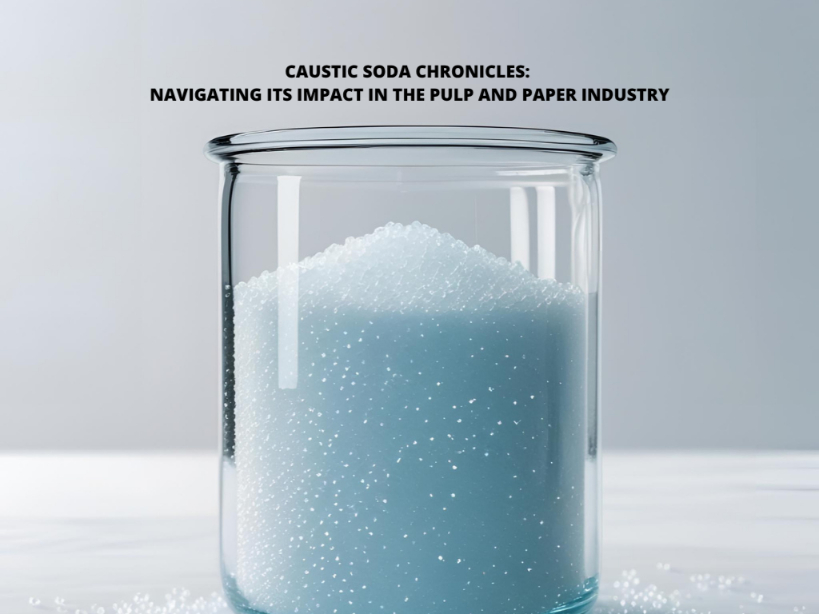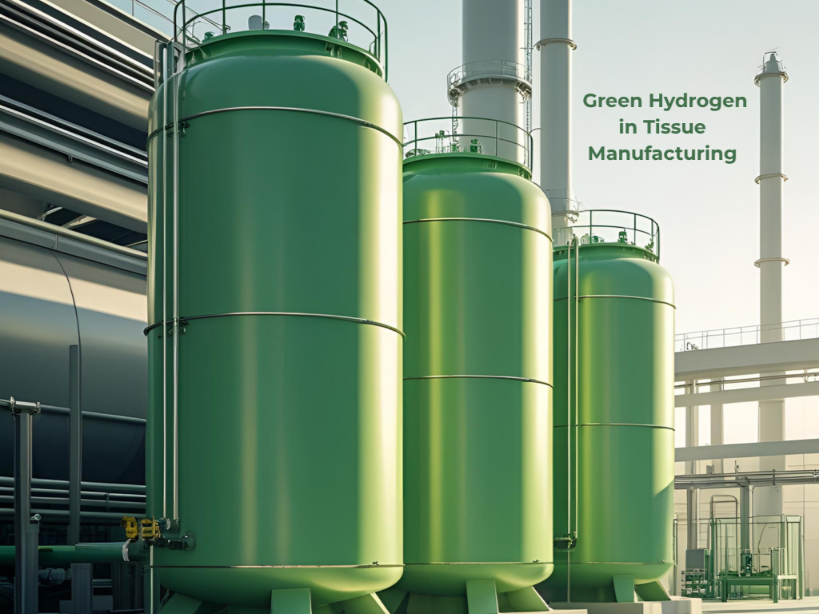Revolutionizing Packaging With Sustainability
The packaging industry has evolved dramatically over the centuries, undergoing significant transformations in response to consumer needs, technological advances, and environmental concerns. What was once a symbol of luxury has now become an essential element of daily life. Today, the focus has shifted from mere functionality to sustainability, as businesses and consumers alike seek eco-friendly solutions that minimize environmental impact.
Let’s dive into the key trends that are shaping the future of sustainable packaging.
1. Seaweed-based Packaging: Nature’s Gift To The Packaging World
One of the most exciting developments in sustainable packaging is the use of seaweed-based materials. Seaweed is a remarkable resource, as it grows abundantly without the need for fertilizers, freshwater, or extensive land use. Even more impressive, it helps absorb carbon dioxide, making it a champion in the fight against climate change.
Innovators like Notpla and Evoware are harnessing this versatile resource to create biodegradable packaging solutions that break down easily in the environment. Seaweed-based packaging is ideal for single-use products, offering a compostable alternative to plastic that leaves no harmful residue behind. With its unique properties, seaweed could very well become the cornerstone of the future packaging industry.
2. Mono-material Packaging: Simplifying Recycling For A Greener Future
Another key trend gaining traction is the shift towards monomaterial packaging. As the name suggests, mono-materials are composed of a single type of material, making them much easier to recycle. Traditionally, packaging has combined multiple materials—think plastic coatings on paper or aluminum-lined pouches—which complicates the recycling process and increases environmental impact.
By embracing fully recyclable mono-materials, companies can streamline the recycling process, reducing waste and ensuring that packaging doesn’t end up in landfills. This trend is particularly appealing to businesses looking to align their packaging with circular economy principles, where materials can be reused or recycled with minimal environmental harm.
3. Digital Printing Innovations: Reducing Waste And Overproduction
Digital printing is another groundbreaking trend that is reshaping the packaging industry. Traditional printing methods often lead to material waste and overproduction, as companies need to produce large batches to make printing cost-effective. However, digital printing allows for on-demand production, significantly reducing waste and resource usage.
Moreover, advancements in ink formulation are helping companies meet stringent environmental standards. Today’s digital inks are becoming more eco-friendly, reducing harmful chemicals and offering better recyclability. As digital printing technology evolves, it promises to transform packaging production by eliminating excess materials and optimizing resources, all while delivering high-quality designs.
4. Compostable Packaging: Closing The Loop On Waste
While recycling is critical, compostable packaging takes sustainability one step further by returning materials to the earth without leaving a footprint. Compostable packaging is made from natural materials, such as cornstarch, sugarcane, and cellulose, which decompose naturally in composting environments. This trend is gaining popularity across industries, from food packaging to cosmetics, as consumers demand solutions that align with their environmental values.
Compostable packaging is becoming an essential component of the future packaging landscape, providing materials that not only meet the functional needs of packaging but also contribute to a zero-waste world.
5. The Role Of Regulations In Driving Change
Consumers today are more environmentally conscious than ever before. They want to know that the products they purchase, including the packaging, are responsibly sourced and have a minimal impact on the planet. In response, brands are increasingly adopting sustainable packaging as part of their core value proposition. From eco-friendly labeling to reusable and biodegradable materials, the demand for sustainable options is at an all-time high.
The shift toward sustainable packaging is gaining momentum, with innovations in materials, recycling processes, and printing technology paving the way for a greener future. By embracing new materials like seaweed, improving recycling efficiency through mono-materials, and reducing waste with digital printing, the packaging industry can play a pivotal role in building a more sustainable future.
Incorporating these trends into packaging strategies not only helps reduce environmental impact but also strengthens a brand’s reputation as a leader in sustainability. The future of packaging is undoubtedly green, and it’s an exciting journey towards a more eco-friendly world.


